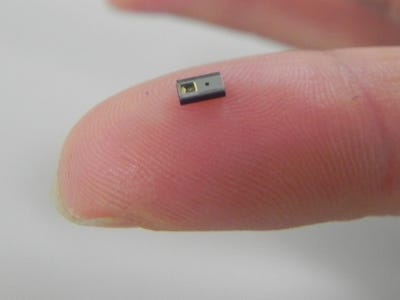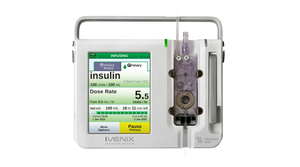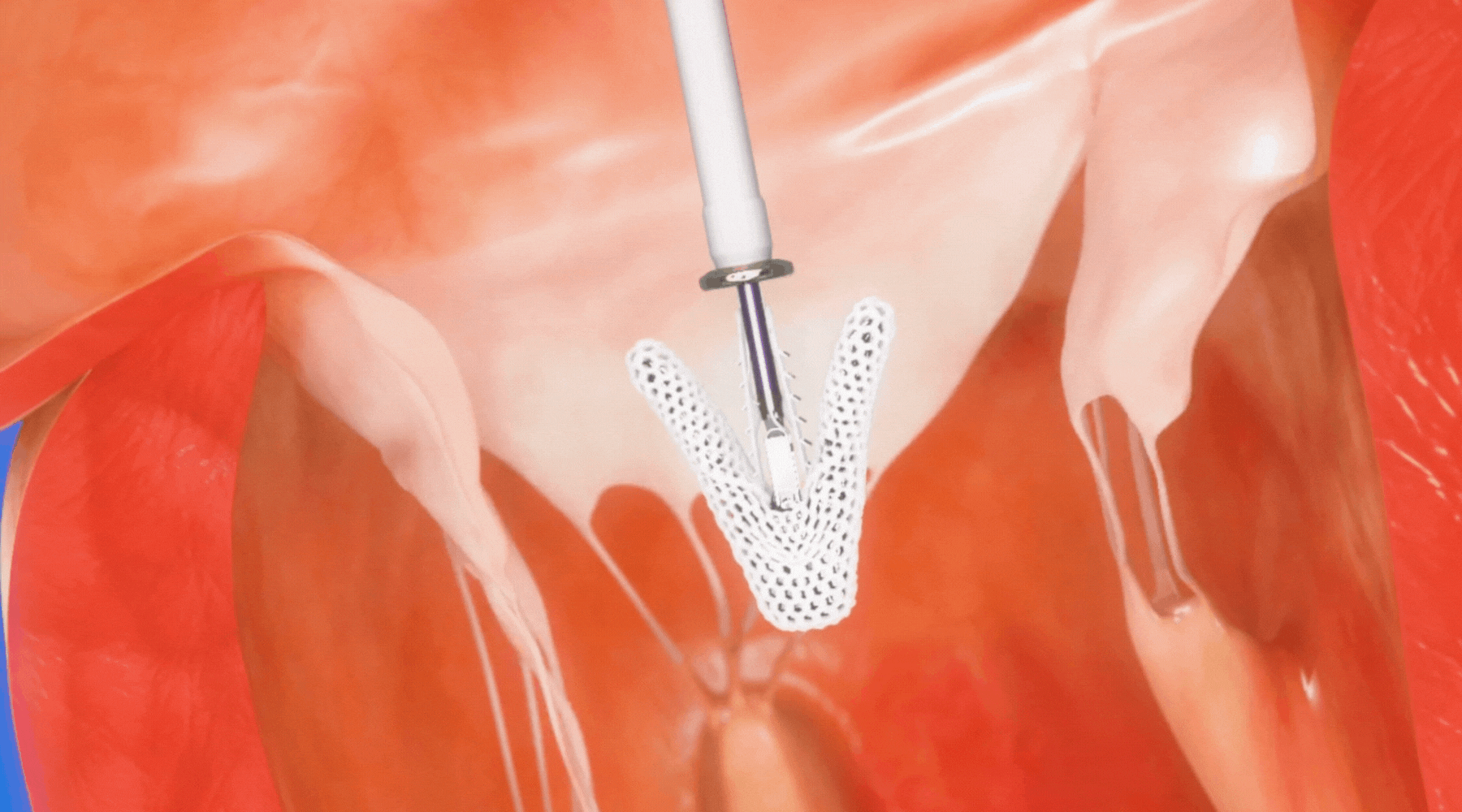December 14, 2016
This tiny blood-flow chip could be used in earbuds and other wearables to track stress, prevent dehydration, and avoid altitude sickness
Amanda Pedersen

Kyocera's sensor targets multiple health applications.
Targeting a thriving health wearables market with five-year growth pegged at $17.8 billion globally, Kyocera Corp.'s newest sensor could track stress levels, or help prevent heatstroke, dehydration, and altitude sickness.
The Kyoto, Japan-based company said its latest development is one of the smallest known optical blood-flow sensors, designed to measure the volume of blood flow in subcutaneous tissue.
Kyocera said it is researching a variety of mobile health applications for the new sensor. One idea the company has is a pair of earbuds to check stress levels or orthostatic hypotension (low blood pressure) while music plays by analyzing blood flow. Another potential wearable device could help prevent dehydration or heatstroke by detecting changes in blood flow. And for mountain climbers, Kyocera said the technology could be used to monitor blood flow and alert the climber accordingly with notifications, such as when it is time to rehydrate.
Measuring just 1 mm in height, 1.6 mm long, and 3.2 mm wide, the sensor is designed for small devices such as mobile phones and wearables. The company said it will offer sensor module samples starting in April and expects to commercialize the technology as a device by March 2018.
Devices equipped with this new sensor will be able to measure blood-flow volume in subcutaneous tissue by placing the device in contact with an ear, finger, or forehead, according to Kyocera. When light is reflected on blood within a blood vessel, the frequency of light varies - called a frequency or Doppler shift - according to the blood-flow velocity. That's the basic principal behind this new sensor, which uses relative shift in frequency (which increases as blood flow accelerates) and the strength of the reflected light (which grows stronger when reflected off a greater volume of red blood cells) to measure blood-flow volume.
The wearable device market has exploded in recent years, with most products in this space focusing on health and fitness. New mobile health technology is being developed for a wide range of potential applications, including chronic diseases, eldercare, and wellness. Global shipments of healthcare wearables, according to a recent Tractica report, is expected to increase from 2.5 million this year to 97.6 million units a year by 2021. The market research firm forecasts that, by then, the global healthcare wearables market will account for $17.8 billion in yearly revenue.
Amanda Pedersen is Qmed's news editor. Reach her at [email protected].
[Image courtesy of Kyocera Corp.]
About the Author(s)
You May Also Like

